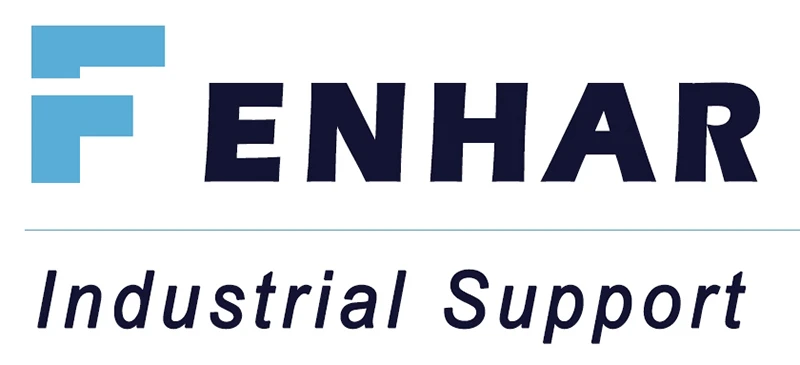In the fast-paced world of electronics and sensitive equipment, protecting against electrostatic discharge (ESD) is of paramount importance. Enter ESD Epoxy Fiberglass, a revolutionary composite material designed to safeguard against static electricity and its potential hazards. In this comprehensive guide, we will delve into the depths of ESD Epoxy Fiberglass, exploring its properties, applications, and the benefits it brings to various industries. Get ready to unlock the potential of this cutting-edge solution and ensure the utmost protection for your valuable electronic components.
Discover the wonders of phenolic paper: its composition, properties, and applications. Explore this versatile material that combines phenolic resin and paper fibers.
Garolite is also known as G-10. Composite material materials have many types, like G-10. It can endure high pressure. We can form it by assembling many films of glass cloth. In this article, you will know more things about G10 fr4 glass epoxy
Textolite materials are the best composite materials. Composite material is a smooth blend of two different materials. There is a special border between them that separates them. Composite material is defined as a blend of “reinforcement and matrix” in an appropriate proportion. There are many properties of composite materials like dimensional stability and strength.
WIEME Berlin is a trade fair for manufacturers and suppliers of coil winding, electric motors, generators, transformers and other electromechanical components. So this fair attracts professionals from sectors such as electric and hybrid vehicles, renewable energy and industrial automation.
Phenolic resin is a type of synthetic thermosetting polymer. It is also called Phenolic Formaldehyde Resin. It is formed by reacting phenol and formaldehyde under optimum temperature and pressure. This process creates an enduring phenolic plate that is moldable into distinct shapes. It finds extensive use in various industrial applications.
In this article, we’ll discuss the importance, history, properties, manufacturing process, types, and environmental aspects of phenolic resin.
In this blog post, we will discuss the classification of insulating material in detail. Additionally, we also go through its properties, applications, and future challenges in this modern world.
As a result, although Bakelite, the world’s first synthetic plastic, has a serious impact on our lives, it also has important environmental consequences. Bakelite waste is not biodegradable. The production process requires energy. It produces significant waste, including hazardous chemicals that pollute the air and water.
Fiberglass is a composite material comprising glass fiber as a reinforcement and epoxy are matrices during composite formation. The glass fibers are generally woven into the fabric, having a weight per square yard. Epoxy fiberglass formation depends upon the type of weave and the type of glass. Several kinds of epoxy resins and epoxy-related products are available.
In this article, you will know some basic information about bakelite sheet. Such as its properties, manufacturing and application.










